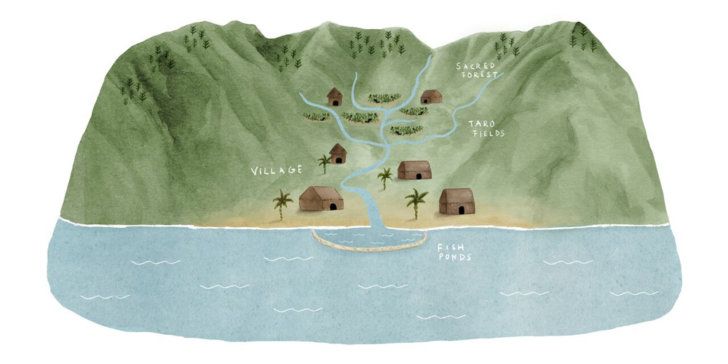
Hawaii’s troubled agriculture: subject of new documentary
“I don’t have a scientific issue with GMOs. But now the movement is about selling more chemicals, not selling less. It’s not about feeding the world, it’s about making a handful of people even richer than they are right now.”
– Tyrone Hayes, Professor of Integrative Biology, UC Berkeley
Surf News Network: Island Earth is a 63-minute documentary-style film, telling the tale of indigenous scientist Cliff Kapono and his struggle for truth between science and tradition. He enters an industry that thousands feel is threatening the Hawaii Homeland. Kapono takes a complex journey through the inner workings of GMO chemical companies and traditional Hawaiian elders. It reveals ancient values that may likely save our children’s future.
“Small island societies were basically worlds in the era before globalization. Because they could see what they were doing to their world very quickly, stewardship became necessary to their survival.” -Peter Vitousek Ph.D. Stanford University.
Island Earth examines how traditional Polynesian values can inform & contrast our increasingly globalized society. Hawaii is widely known as “ground zero” for GMO farming where the world’s largest chemical companies alter their crops to withstand higher doses of their proprietary pesticides. Most of these crops don’t feed Hawaii, instead, they are shipped elsewhere to be grown, processed and shipped back to Hawaii in the form of processed food.
Hawaii now imports 80-90% of their food, yet less than two centuries ago, Native Hawaiians fed a similar population through some of the most sustainable agricultural practices ever documented (see Ahupua’a below). Within two generations, Hawaiians have become “canaries in a coal mine” (read the origin of meaning below) for a tangled web of public policy and private interests.
Ahupua`a (more HERE)

The concept of private property was unknown to ancient Hawaiians, but they did follow a complex system of land division. All land was controlled ultimately by the highest chief or king who held it in trust for the whole population. Who supervised these lands was designated by the king based on rank and standing. A whole island, or mokupuni, was divided into smaller parts, down to a basic unit belonging to a single family.
Each mokupuni was divided into several moku, the largest units within each island, usually wedge-shaped and running from the mountain crest to shore. O`ahu was divided into six moku.
Each moku was divided into ahupua`a, narrower wedge-shaped land sections that again ran from the mountains to the sea. The size of the ahupua`a depended on the resources of the area with poorer agricultural regions split into larger ahupua`a to compensate for the relative lack of natural abundance. Each ahupua`a was ruled by an Ali`i or local chief and administered by a konohiki.


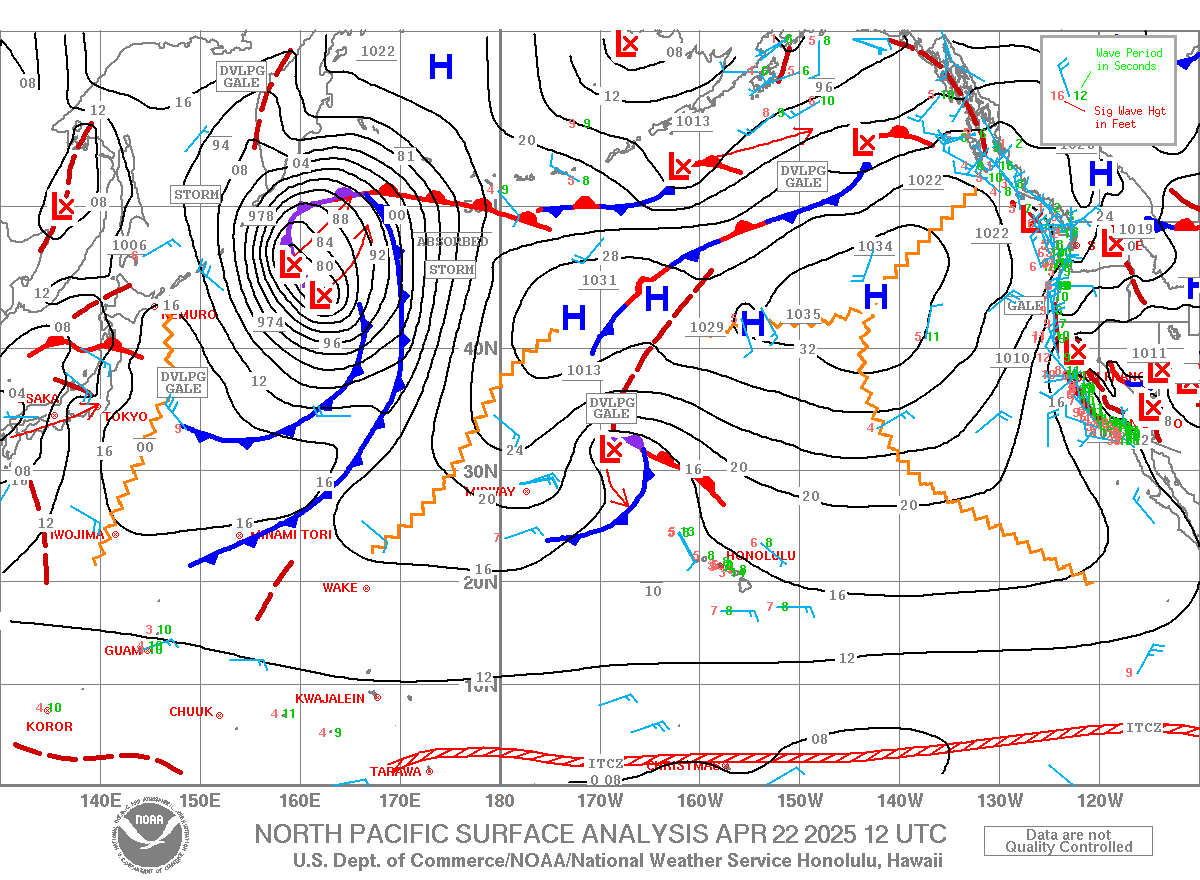
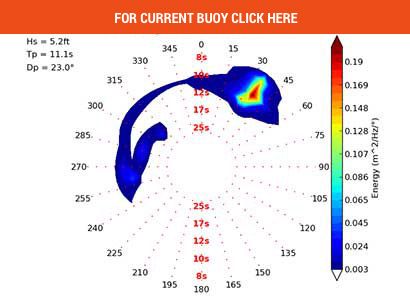

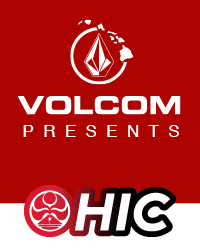
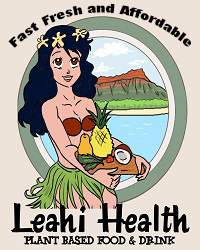
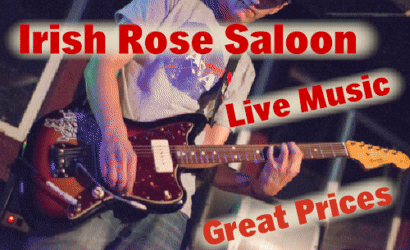
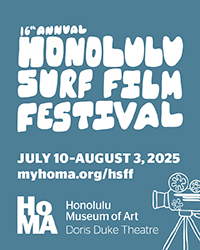
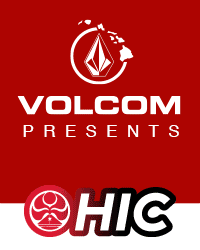
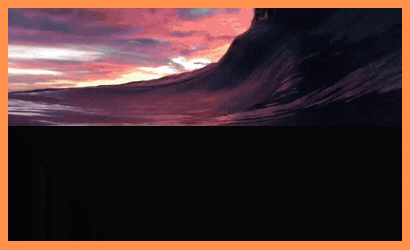
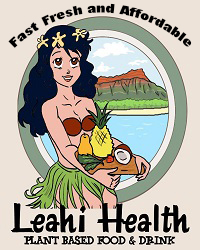
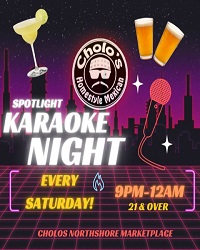
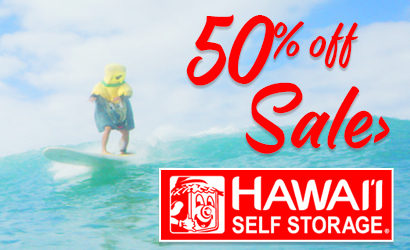


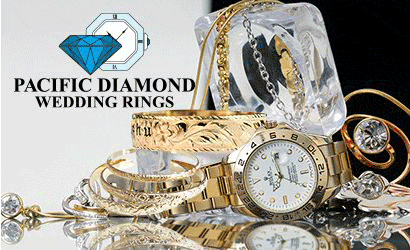
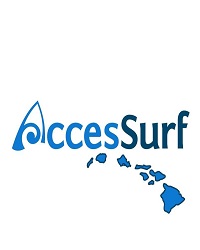
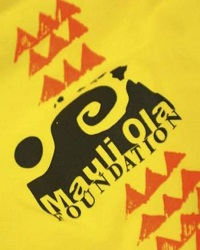



One Comment
I am a little confused on the term GMO and how it is used in this documentary. My understanding of GMO is that the organism has been genetically modified. The documentary is using the world GMO in the sense that it has to do with spraying chemicals.
I am completely against the spraying of chemicals and especially if the public is not being told what is being sprayed. That needs to stop and I am happy it is being brought to light. On a scientific stage and think you should address GMO and spraying chemicals separately because it distracts from your purpose and it a bit confusing.